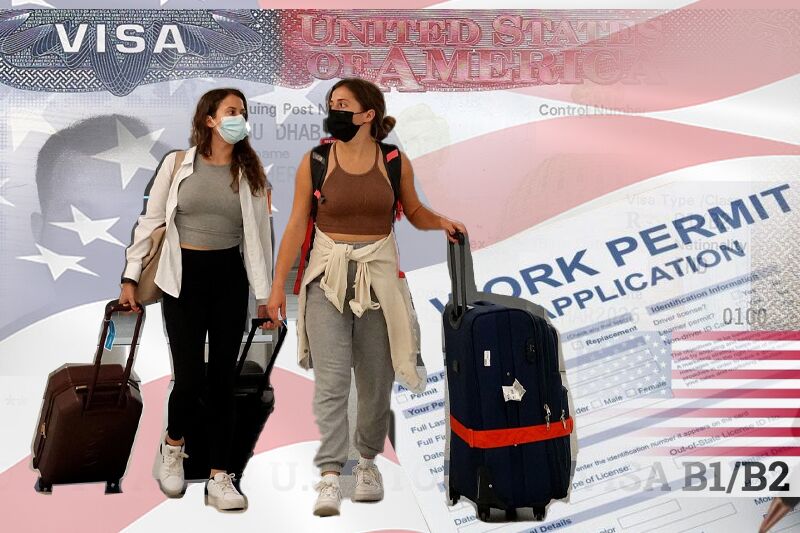
us allows tourists to apply for jobs, give interviews while on tourist visa
There is some good news for Visa holders in United States!
The people who are traveling or living in the United States on a business or tourist visa — B-1, B-2 — can apply for new jobs. They can even appear in interviews too. This news is confirmand by a federal agency on , Wednesday.
Prospective employees, however, are advised to verify the applicants’ visa status before starting the new job.
US Citizenship and Immigration Services (USCIS) tweeted that searching for employment and interviewing for a position is permissible while in B-1 or B-2 status.
The USCIS noted that when nonimmigrant workers are laid off, they may not be aware of their options and may, in some cases, believe that they have no choice but to leave the country within 60 days.
If a nonimmigrant worker’s employment is terminated, either voluntarily or involuntarily, they may remain in a period of authorized stay by taking one of the following actions:
Change your nonimmigrant status by filing an application;
-Apply for status adjustment;
-You can apply for an employment authorization document based on “compelling circumstances;”
-You will be the beneficiary of a nonfrivolous petition to change employers.
-Regardless of whether the nonimmigrant loses their previous nonimmigrant status or not, the nonimmigrant’s period of authorized stay in the United States can exceed 60 days if one of these actions occurs within the up to 60-day grace period. USCIS said if a worker does not act within the grace period, they and their dependents may have to leave the country within 60 days, or when their authorized validity period expires, whichever is shorter.”
Keep Reading
USCIS said that before beginning a new job, a petition and request for a change in status from B-1 or B-2 to an employment-authorized status must be approved.
The USCIS said that “Alternatively, if the change of status request is denied or the petition for new employment requests consular or port of entry notification, the individual must depart the U.S. and be admitted in an employment-authorized classification before beginning the new employment”.
Certain employment-based visas are not required in United States
Congress has set forth legislation enabling the distribution of unused visas in select employment-based categories. This is often referred to as the “fall up/fall down” provision. Under INA 203(b), visas not needed in EB-4 and unreserved visas not necessary in EB-5 are allocated to EB-1. Visas no longer necessary in EB-1 move on to EB-2, and visas not needed in EB-2 transition to EB-3.
There is no provision in the statute for visas that are not required for EB-3 to be transferred to another employment-based category if they are not required in EB-3. It should be noted that Congress established special rules for the carryover of unused EB-5 visas from one fiscal year to the next as a result of the EB-5 Reform and Integrity Act of 2022 enacted on March 15, 2022. Therefore, not all EB-5 visas that are “not required” in that category can be offered in EB-1.




